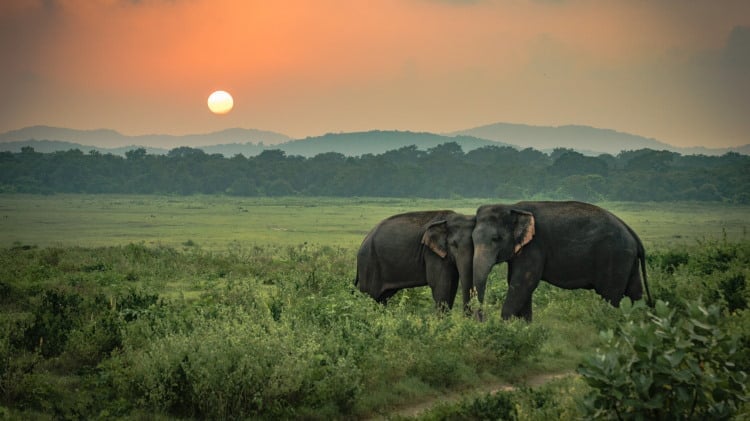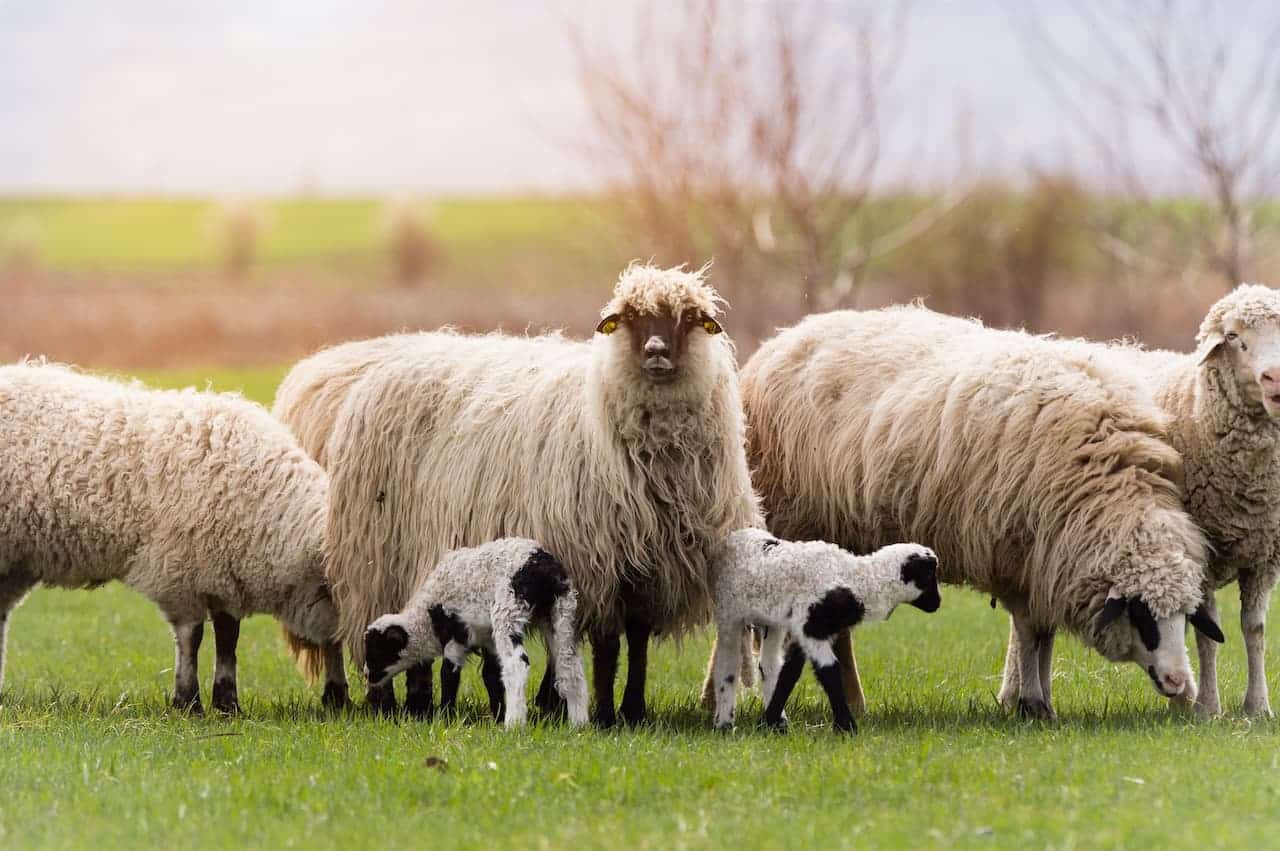It is well known that mule deer originated from hybridization between white-tailed deer and coastal black-tailed deer.
White-tailed deer were animals of warmer climates. White tails are also the smallest members of the deer family in North America. During winter they prefer to stay in the forest since they are generally animals of warmer weather.
What is the difference between Mule Deer and White Tail? What are their things in common?
For these questions and many more we advise you to read the following article.
Populations, Distribution, and Habitat
White-tail can be found anywhere and in bunches too. Meanwhile, the widespread of mule deer is smaller and their numbers are significantly lower.
In some places, whitetails and mule deer live very close to each other. However, there are several differences between them in populations, habitat, and distribution.
Hunting
White-tails are considered to be more paranoid and cautious against hunters but that is mostly because they have been around for centuries and traditionally have been hunted down by human.
Mule deer are a little more laid back, but they can also be very hard to hunt just like whitetails. The most preferred state to hunt down mule deer is Colorado since it’s the most populated place by mule deer.
Mule Deer hunting generally happens from the end of November to mid-December. Because white tails have a larger number throughout the country their hunting season is longer than mule deer.
Wisconsin is the most preferred place for white tail hunting which is also known for having the longest deer hunting season in the country.
Due to the difference in number white tails are easier to find for hunters and their hunting season is longer, however, it is a well-known fact that mule deer are easier to shoot since they don’t have the same awareness as white tails do.
Mule deer can be found in open landscapes such as deserts which makes it harder to hide from hunters.
Appearance
Even though they might seem very similar, there are certain parts of their body that have many differences. The main difference is obviously the tail. Another difference is the fur. Their fur differentiates in color, and their head looks different too.
Coat Colors
You can not always count on the coat color. Both Mule Deer and White-Tails have similar coat colors but when standing next to each other the difference can be seen.
Coat color can depend on several factors such as location, climate conditions, genetics, and other unknown factors. Mule deer and White tails both have gray-brown color coats but the white tails have a little red nuance on their coat. Therefore their nuances are a little bit different.
The Head
There are many details that set out mule deer and whitetails when it comes to the head. The difference in face color is obvious, and so are the ears.
Their antlers grow differently as well. This can be a very helpful indication when you observe a buck, however, you should pay closer attention when it comes to a doe.
The Face
The white-tailed deer’s face looks different from that of the mule deer. Mule Deer have a white patch on their face and their forehead is dark.
While white-tails have a brown forehead and face with white jaws and white circles around the eyes, and also a little bit of white on the neck.
Overall Body Size
Body size can be tricky in this comparison since most of the time they are generally the same size.
A deer’s body size depends on many factors, including diet, time of year, age, health, and geographic location.
However, there are exceptions when it comes to size and the key factor to that is the location of the deer.
Mule Deer that live in the Northern part such as Canada are way bigger than White Tails living in Florida.
Diet
Mule deer and whitetails are pretty much the same when it comes to food. They feed off various plants.
Usually, their food consists of leaves, weeds, grasses, herbs, nuts, fruits, and mushrooms. They can also find garden plants and fruits attractive.
Summary
- Mule deer’s origin comes from the whitetail and black tail hybridization.
- They may look very alike however these two species have so many differences.
- Mule deer are easier to hunt than whitetails.
Conclusion
While white-tail and mule deer might look similar at first, they have many differences as well. The physical differences can be seen in the tail, the fur, and the antlers in bucks but their habitat is not the same.
They live in different parts of North America and also don’t act the same towards threats. The sad part about the hunters is that there can not be a mule deer white-tail hybrid most probably because the mule deer itself is a hybrid of white-tail and black-tail.
The more information you have on deer the better the chances of hunting them down. So knowing all the details on their appearance, habitat, and information on their location can be very useful once you go out hunting for them.




